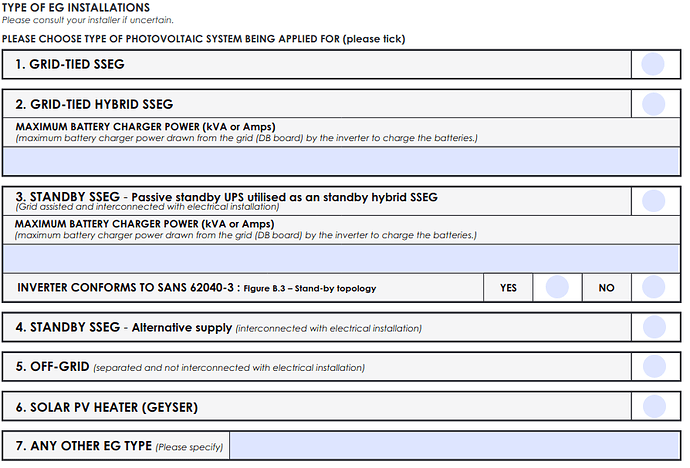As always, it’s a pros and cons thing. The double-conversion architecture has advantages. No transfer break for example (none of that 20ms nonsense). Another advantage is better output voltage regulation, since you’re basically always on the inverter.
The downsides are an efficiency loss, and with some models (I don’t think they all had the bypass?) you’re also limited to the max the inverter can pass through it’s HV bus. You also cannot push energy from the batteries into the input side, which is something some people want (of course not everyone).
On a really good grid connection, the grid signal will always be cleaner than anything an inverter can make, which again means that with this inverter (where you are permanently on the inverter), you have a little more harmonics in your power than you would if just switched directly from the grid. If the grid is really poor, this is an advantage, otherwise it can be a disadvantage.
Mostly, the trouble with the Voltronic inverters is that they don’t have paperwork. They often live in this no-man’s land where nobody is sure what they are. Under Cape Town rules they are a “standby SSEG”, option 3, as seen below, even though many installers sign them off as option 4 or 5 (which they are not).
That means they need to comply with SANS 62040-3. And maybe they do, but they don’t have the paperwork. @Stanley mentioned here that in order to comply with -3 you also need -1 and -2, which means both safety and EMC requirements.
